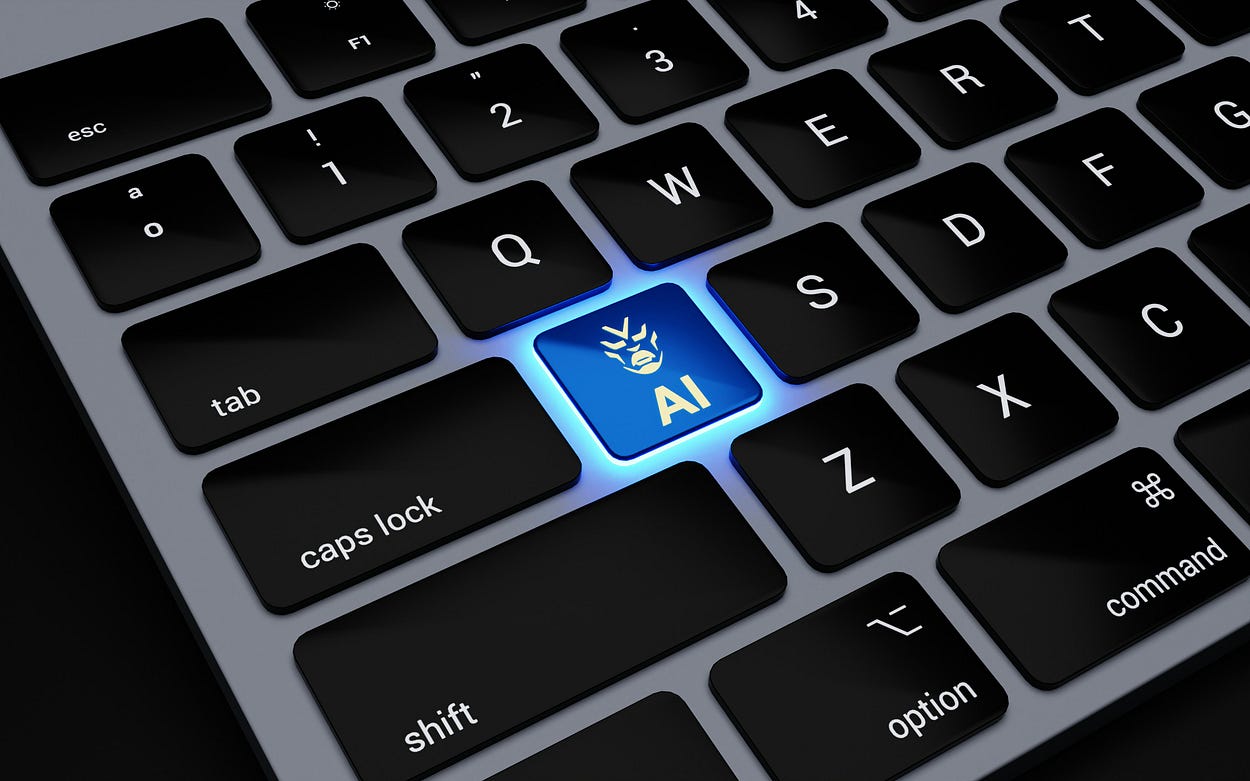In today's digital landscape, protecting your online accounts has never been more crucial. As cyber threats continue to evolve, relying solely on passwords is no longer sufficient. Enter two-factor authentication (2FA), a powerful security measure that adds an extra layer of protection to your digital life.
What is Two-Factor Authentication?
Two-factor authentication is a security process that requires users to provide two different authentication factors to verify their identity. This method significantly enhances account security by going beyond the traditional username and password combination.
The two factors typically fall into these categories:
-
Something you know (e.g., password, PIN)
-
Something you have (e.g., smartphone, security token)
-
Something you are (e.g., fingerprint, facial recognition)
How Does 2FA Work?
Two-factor authentication is a security process that requires users to provide two different authentication factors to verify their identity. This method significantly enhances account security by going beyond the traditional username and password combination.
The two factors typically fall into these categories:
-
Something you know (e.g., password, PIN)
-
Something you have (e.g., smartphone, security token)
-
Something you are (e.g., fingerprint, facial recognition)
How Does 2FA Work?
When you enable 2FA on an account, you'll follow these steps:
-
Enter your username and password as usual.
-
Provide a second form of verification, such as:
-
A code sent to your mobile device
-
A fingerprint or facial scan
-
A response to a security question
This two-step process ensures that even if your password is compromised, an attacker still can't access your account without the second factor.
Why is 2FA Important?
Enhanced Security
-
Enter your username and password as usual.
-
Provide a second form of verification, such as:
-
A code sent to your mobile device
-
A fingerprint or facial scan
-
A response to a security question
-
This two-step process ensures that even if your password is compromised, an attacker still can't access your account without the second factor.
Why is 2FA Important?
Enhanced Security
The primary benefit of 2FA is the significant boost to your online security. By requiring an additional verification step, 2FA makes it exponentially more difficult for cybercriminals to gain unauthorized access to your accounts.
The primary benefit of 2FA is the significant boost to your online security. By requiring an additional verification step, 2FA makes it exponentially more difficult for cybercriminals to gain unauthorized access to your accounts.
Protection Against Various Threats
Two-factor authentication helps safeguard your accounts from:
-
Phishing attacks
-
Password breaches
-
Man-in-the-middle attacks
-
Keylogging
Even if an attacker manages to obtain your password, they still can't access your account without the second factor.
Protection Against Various Threats
Two-factor authentication helps safeguard your accounts from:
-
Phishing attacks
-
Password breaches
-
Man-in-the-middle attacks
-
Keylogging
Even if an attacker manages to obtain your password, they still can't access your account without the second factor.
Reduced risk of Data Breaches
For businesses, implementing 2FA can significantly lower the risk of large-scale data breaches. This not only protects sensitive information but also helps maintain customer trust and avoid potential legal liabilities.
Reduced risk of Data Breaches
For businesses, implementing 2FA can significantly lower the risk of large-scale data breaches. This not only protects sensitive information but also helps maintain customer trust and avoid potential legal liabilities.
User Involvement in Security
2FA actively involves users in the security process, creating an environment where they become knowledgeable participants in their own digital safety. This increased awareness can lead to better overall security practices.
User Involvement in Security
2FA actively involves users in the security process, creating an environment where they become knowledgeable participants in their own digital safety. This increased awareness can lead to better overall security practices.
Implementing 2FA
To get started with two-factor authentication:
-
Check which of your accounts offer 2FA (most major platforms do).
-
Choose your preferred 2FA method (SMS, authenticator app, or hardware token).
-
Follow the platform's instructions to enable 2FA.
-
Always have a backup method in case you lose access to your primary 2FA device.
Implementing 2FA
To get started with two-factor authentication:
-
Check which of your accounts offer 2FA (most major platforms do).
-
Choose your preferred 2FA method (SMS, authenticator app, or hardware token).
-
Follow the platform's instructions to enable 2FA.
-
Always have a backup method in case you lose access to your primary 2FA device.
In an age where digital threats are constantly evolving, two-factor authentication stands as a crucial defense against unauthorized access and potential data breaches. By implementing 2FA across your important accounts, you're taking a significant step towards enhancing your online security and protecting your digital identity.
Remember, while 2FA isn't foolproof, it dramatically increases the difficulty for attackers to compromise your accounts. In the digital world, every extra layer of security counts, and 2FA is one of the most effective tools at your disposal.
In an age where digital threats are constantly evolving, two-factor authentication stands as a crucial defense against unauthorized access and potential data breaches. By implementing 2FA across your important accounts, you're taking a significant step towards enhancing your online security and protecting your digital identity.
Remember, while 2FA isn't foolproof, it dramatically increases the difficulty for attackers to compromise your accounts. In the digital world, every extra layer of security counts, and 2FA is one of the most effective tools at your disposal.









